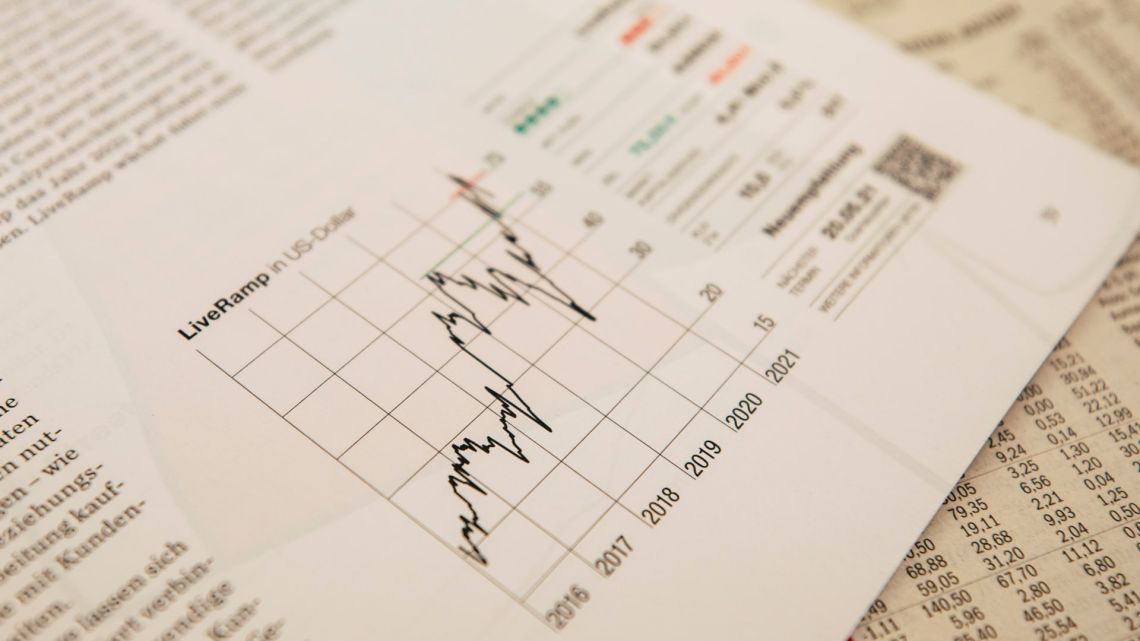
The Federal Reserve's efforts to combat inflation are back on track, according to the latest indicators. This provides a reassurance for the markets amidst concerns about interest rates.
Based on a survey by FactSet, economists predict that the core personal-consumption expenditures index, or core PCE deflator, will show a 3.9% increase in August compared to the previous year. This would bring it to its lowest level since September 2021. The return to this downward trend is an encouraging development, especially considering that the inflation metric, which excludes changes in food and energy costs, briefly rose to 4.2% in July from 4.1% in June.
Scheduled for release on Friday at 8:30 a.m. Eastern time, this data comes at a crucial juncture for the market. Investors have been on edge since the Federal Reserve's recent monetary policy decision. While interest rates remained unchanged on September 20, the central bank hinted at the possibility of future rate hikes to control inflation effectively.
This message has had a significant impact on stocks, causing them to decline, and bond yields have jumped as a result. Reflecting this trend, the yield on the 10-year Treasury note—the benchmark for U.S. mortgages—reached its highest levels since 2007, surpassing 4.6%.
Powell Optimistic About Inflation Reports
In a recent press conference, Federal Reserve Chair Jerome Powell expressed positivity towards the latest inflation reports, referring to them as "good." However, Powell noted that more data is required before the Fed can confidently pause its rate hikes. Tom Essaye, founder of Sevens Report Research, echoed this sentiment, stating that a mild reading of the core PCE price index on Friday would provide another favorable report for the Fed and potentially reduce market anxiety.
PCE Inflation Presents a Contrasting View
Contrarily, the Headline PCE inflation, which takes into account food and energy prices, tells a different story. Economists anticipate a rise in this metric to 3.5% in August from 3.3% in July and 3% in June.
Additionally, inflationary pressure has been observed in both the consumer price index and the producer price index. This rise in costs can be largely attributed to surging energy prices in recent months. The benchmark for the U.S. market, West Texas Intermediate crude futures, reached its highest level in over a year, briefly surpassing $95 a barrel.
Nevertheless, the forthcoming data on Friday is expected to support the notion that the battle against inflation is nearing its end as price growth inches closer to the Fed's target of 2% annually. Interest-rate futures currently reflect a one-third probability of the bank raising rates again before mid-December.
The Core PCE Data: Reinforcing or Challenger?
The core PCE data has the potential to solidify the dovish view or disrupt it altogether.













Write Your Comment